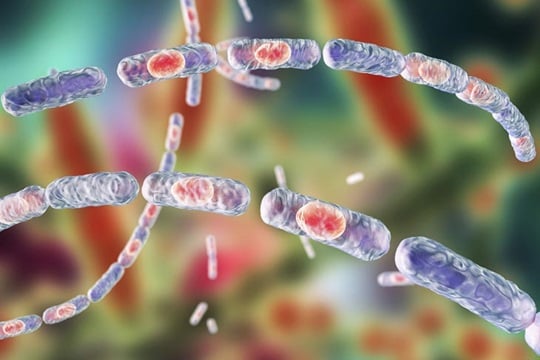HARTMANN SCIENCE CENTER

Anthrax is caused by Bacillus anthracis. Depending on the location, respiratory secretions, secretions from infection sites, and human stool may be considered material containing pathogens. Independent of the pathogen's origin, surfaces need to be disinfected in case of contamination.
Bacillus anthracis can exist in both vegetative and spore states. Usually both forms coexist. Disinfectants or disinfection procedures with the efficacy area A (= suitable for inactivating vegetative bacteria and fungi; acc. to the terminology of the RKI) are sufficient for the vegetative form.
However, the procedure should additionally cover the efficacy area C according to RKI terminology, as is has to be assumed that the spore form is also present (Source: Bundesgesundheitsblatt 1994; issue 37, page 28). Efficacy area C means that the activity against bacillus spores has been proven.
Generally, the recommendations of the Robert Koch-Institute should be followed. This also applies to the selection of preparations used for surface and hand disinfection. Up-to-date information can be accessed on the RKI website (www.rki.de).
